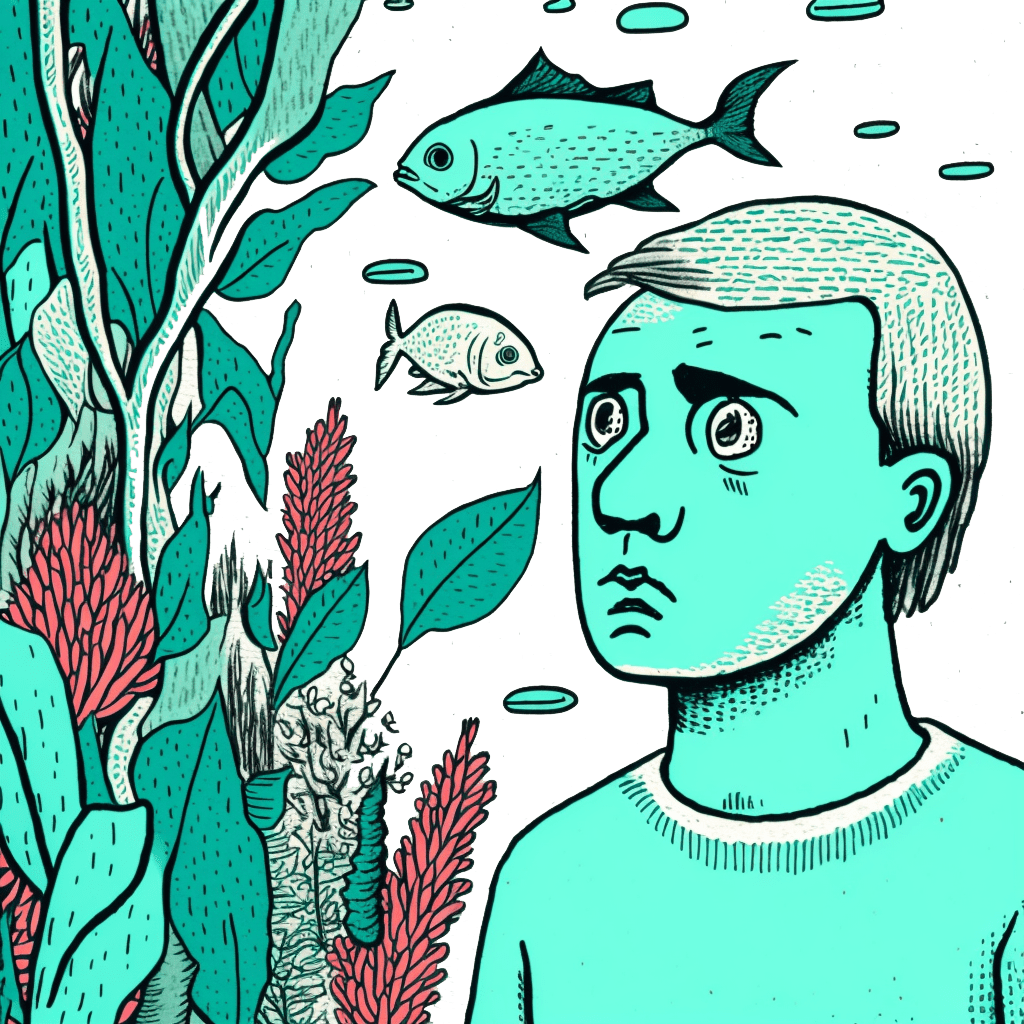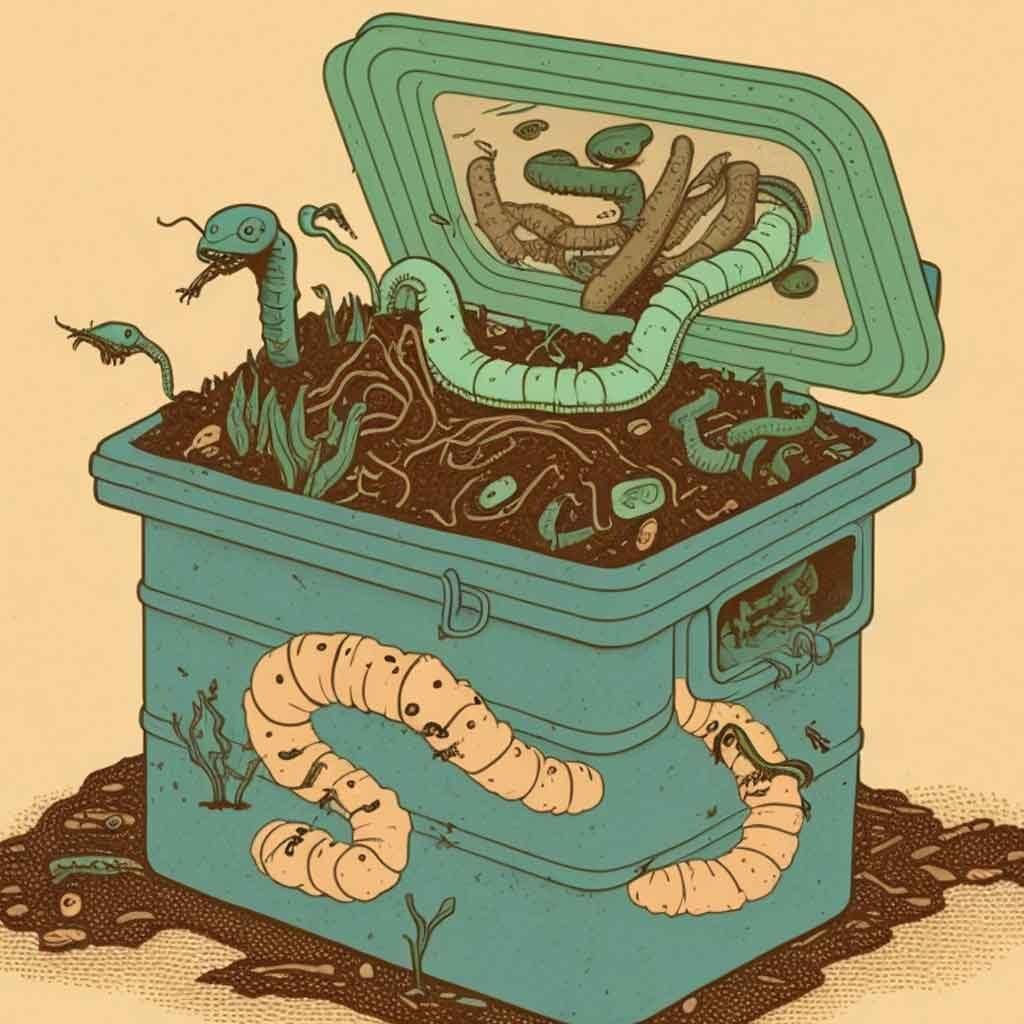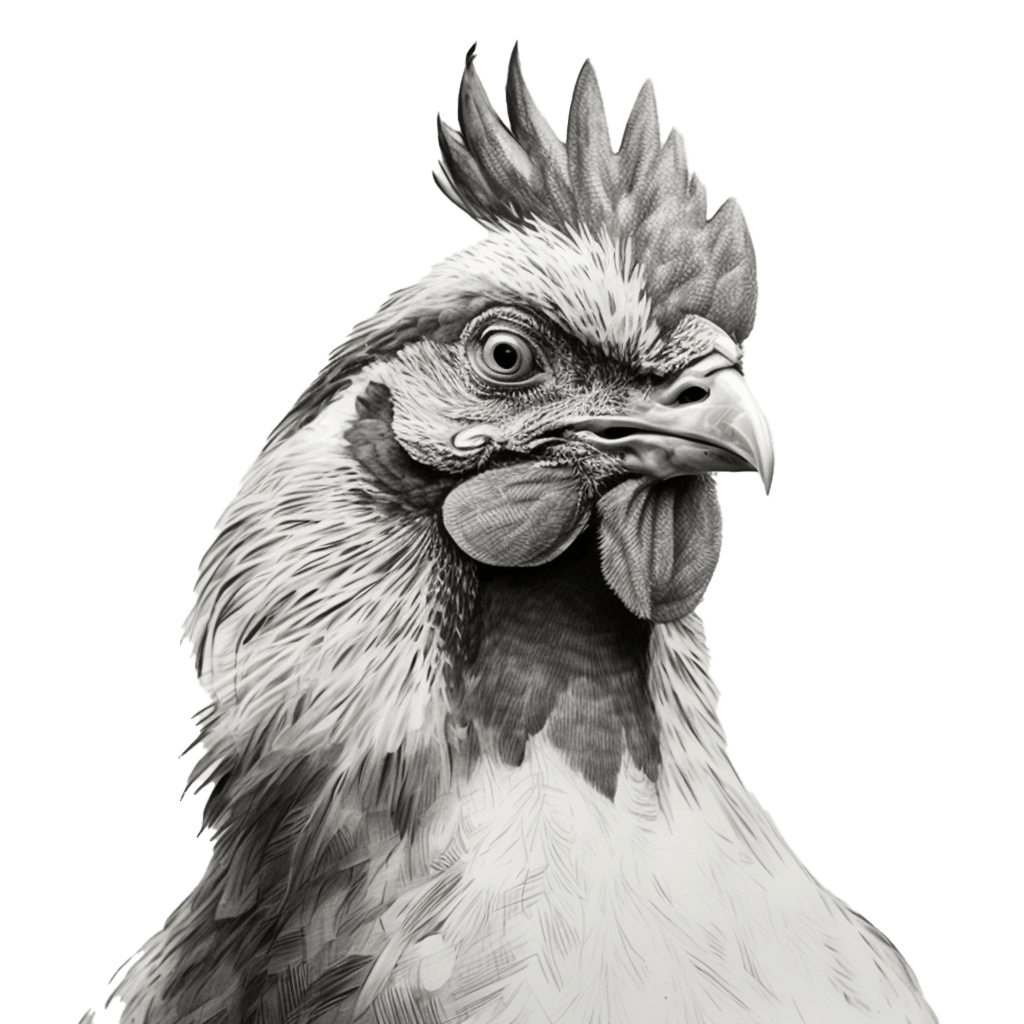Permaculture is a design method based on ecological principles, founded in the ’80s in Australia by Bill Mollison and Dave Holmgren. The focus is on the creation of high quality, sustainable human habitats. It can be applied at many levels of scale, from garden and landscape design to site planning, the integration of agriculture and forestry and urban/rural design.

There are a number of different approaches to take when you are setting up a design for your own yard. Permaculture is about designing ecological human habitats and food production systems. It is a land use and community building movement which strives for the harmonious integration of human dwellings, microclimate, annual and perennial plants, animals, soils, and water into stable, productive communities. The focus is not on these elements themselves, but rather on the relationships created among them by the way we place them in the landscape. This synergy is further enhanced by mimicking patterns found in nature.
A central theme in permaculture is the design of ecological landscapes that produce food. Emphasis is placed on multi-use plants, cultural practices such as sheet mulching and trellising, and the integration of animals to recycle nutrients and graze weeds.
However, permaculture entails much more than just food production. Energy-efficient buildings, waste water treatment, recycling, and land stewardship in general are other important components of permaculture. More recently, permaculture has expanded its purview to include economic and social structures that support the evolution and development of more permanent communities, such as co-housing projects and eco-villages. As such, permaculture design concepts are applicable to urban as well as rural settings, and are appropriate for single households as well as whole farms and villages.
“Integrated farming” and “ecological engineering” are terms sometimes used to describe perma-culture, with “cultivated ecology” perhaps coming the closest. Though helpful, these terms alone do not capture the holistic nature of permaculture; thus, the following definitions are included here to provide additional insight.




Leave a Reply